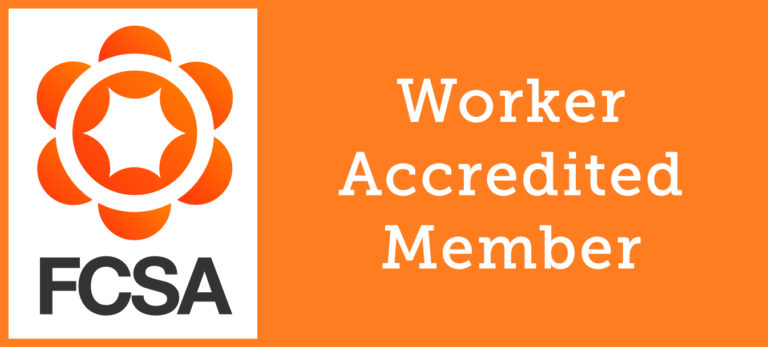
As the Department for Education reports that more than a month of all possible school days were missed over two terms in many regions across England, the UK’s schoolchildren are continuing to suffer from Covid-19. The combination of missed lesson time and family pressures caused by the pandemic have seen primary and secondary pupils in much greater need of intervention and catch-up sessions, pastoral care, mental health support and help with homework and revision.
At the same time, teachers and teaching assistants are more stressed than ever. NQTs are quitting at record rates, with 1 in 7 not even lasting a year, due to high workloads and the challenges of teaching in disadvantaged areas. Whilst proper lesson planning is not a substitute for sufficient funding and support from Heads and colleagues, a continued focus on preparation can significantly reduce stress, better engage pupils and lead to better results.
Generate’s contractor management team reveal three ways you can use lesson planning to minimise your workload and get the best out of your students.
3 Lesson Planning Practices to Get the Best Out of Your Students
1. Tools, Templates & Organisation
Set the expectations for your students by acting as a role model: if you’re organised, calm and purposeful, your class can follow your example. Start as you mean to go on with the right amount of type of stationery, exercise books and anything you or your pupils will need, and keep on top of this to prevent anything from disrupting or limiting learning. Have a place for everything and make sure your class knows it too, so that they are more empowered to get learning materials and ask for help when they need it. If children and young people feel they have some ownership over their learning environment, they will feel more respectful of it, you, and each other: involve your students in tidying the classroom and giving them responsibility for looking after it.
When it comes to lesson planning, there is an abundance of resources, created by teachers for teachers, across subjects, Key Stages and abilities. Because digital planning tools are used by many thousands of educators, you can see first-hand examples of peers’ lesson plans and pick up time-saving tips to use these tools most effectively. Websites like Twinkl, Planboard and Better Lesson offer lesson planning content and a wide range of tools to build and harness your educational resources.
When you come up with a brilliant idea that is well received in the classroom, ensure you can easily replicate and adapt this for future learning. Creating templates of your presentations, worksheets and other learning material provides consistency for your class and ensures you don’t have to build everything from scratch for every lesson. Websites like Teachwire, Canva and Teacher Planet have plenty of existing templates to choose from, and allow you to edit and recreate your own lesson plans as much as you need.
2. Review Failures, Challenges & Successes
Covid-19 unarguably damaged the education and mental health of children worldwide, but the pandemic did highlight many important issues and even, in some cases, taught us important lessons. Reflect on the past year – ask yourself:
- What did you learn during school shutdowns that helped students focus more, and what could you have improved on?
- What surprised you in the past year? Were certain students more receptive to some methods and topics than others, and why was this the case?
- What did students struggle with most, and what strategies, styles and support has helped most?
Ask for ideas and feedback from your colleagues and Head of department. Enquire about their own challenges in the past year, and the most effective methods they used to support their pupils. Run them through some of your lesson plan ideas and share your concerns to hear about how they have approached similar challenges; this will be particularly valuable when speaking with colleagues who have prior experience teaching your current year group, or who have spent more time supporting children with SEND.
Review your students’ own work to take a holistic view of the abilities and needs of your class. Some quizzes, games and online worksheets will track pupils’ activities and progress for you, saving hours of marking, and will deliver analytics and reports that sum up areas where students are struggling and where others could benefit from a greater challenge.
3. Get Creative
The past year has been more disruptive than ever. Children and teenagers in the same classes will be at very different stages of their learning, and will need different methods to help them succeed. Think like some of your students: what would most interest, engage and motivate them? You don’t have to be a creative yourself to bring excitement and intrigue to the classroom. Some creative teaching methods include:
- Find and make different types of resources for every lesson – visual, written, audio and interactive – to help those of all abilities and learning styles understand and interpret information. Using templates and translating the same content into different formats should add only a small amount of time to planning, but save hours in catch-up teaching for struggling students.
- Look for ideas everywhere and borrow from the best. Appeal to your students’ interests by including topics they care about – such as their favourite tv show or climate change – to get them personally invested in the lesson.
- Utilise the creativity of your class. Get your students involved in brainstorming, role play, building a storyboard, or throw out a problem and ask for solutions. Turn some tasks into group activities focused on teamwork to foster collaboration, encourage autonomy and stretch imaginations and existing skill sets.
- Incorporate interactive content whenever you can. Games will engage any student, no matter where they are in their understanding of the subject. Quizzes with visual, written and audio questions work well for pupils of all abilities and learning styles. Involve students in every lesson, with a variety of interactive elements, to keep the energy high and focus attention.
The Best Help in the Classroom
Generate have almost a decade’s experience supporting teachers and teaching assistants. Find out how we could help you with tax, payroll and employment queries.
Here are the greatest challenges that educators will face in 2021/2022.











